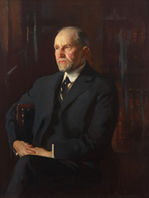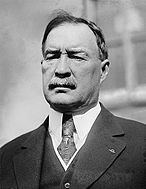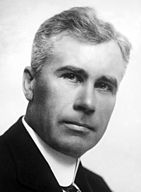United States House of Representatives elections, 1918
|
|
|||||||||||||||||||||||||||||||||||||||||||||||||||||
|---|---|---|---|---|---|---|---|---|---|---|---|---|---|---|---|---|---|---|---|---|---|---|---|---|---|---|---|---|---|---|---|---|---|---|---|---|---|---|---|---|---|---|---|---|---|---|---|---|---|---|---|---|---|
|
|||||||||||||||||||||||||||||||||||||||||||||||||||||
|
All 435 seats in the United States House of Representatives 218 seats needed for a majority |
|||||||||||||||||||||||||||||||||||||||||||||||||||||
|
|||||||||||||||||||||||||||||||||||||||||||||||||||||
|
|||||||||||||||||||||||||||||||||||||||||||||||||||||
The 1918 United States House of Representatives elections were held November 5, 1918, which occurred in the middle of President Woodrow Wilson's second term.
With the country now in World War I (contrary to previous promises by Wilson), and Wilson's personal popularity ebbing, the Republican Party was able to gain 25 seats and take over control of the House from Wilson's Democratic Party. Internal divide among Democratic leadership over aspects related to payment of the war also decreased the unity of the party, which had been the organization's strength during the decade. The Progressive Party also disappeared, with its former members generally becoming Democrats. Minnesota's Farmer-Labor Party, a descendant of populism, also gained its very first seat.
Frederick H. Gillett (R-Massachusetts) became Speaker, and previous speaker Champ Clark (D-Missouri) became Minority Leader.
1 One vacancy, Victor L. Berger, a member of the Socialist Party of America, whom the House refused to seat.
This was the first election in which Idaho was divided into districts, formerly it had had a single at-large district with two seats.
...
Wikipedia




